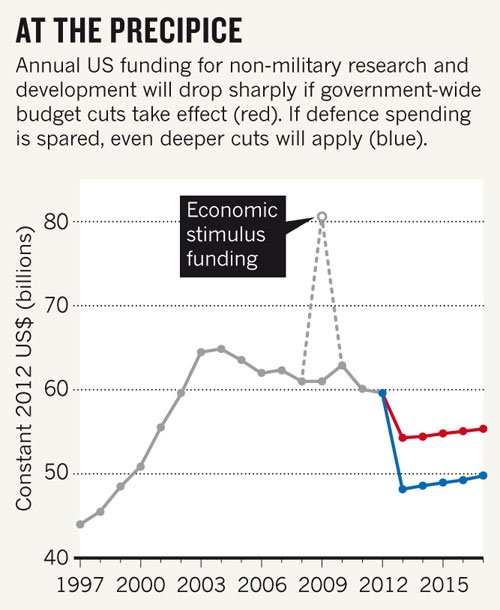We are looking for a graduate student to join our plant evolutionary ecology research group, beginning fall semester 2013. Support is available for a student to participate in an NSF-funded project, which examines the influences of plant traits on wood decay.
We are exploring how plant traits relate to community structure and function of decomposing fungi, and the consequences of these interactions for the forest carbon cycle in the Central and Eastern USA and Eastern Australia as climate changes. The research assistant would focus on wood decay and fungal culturing and identification, using both traditional techniques (field collection and culturing) and molecular methods (targeted sequencing and next-generation based metagenomics). The student would have opportunities to spend time in collaborating labs that specialize on fungal identification, enzyme analysis and genomics. Motivated students with interests or skills in mycology, molecular biology, and bioinformatics are especially encouraged to apply.
The student would join an interactive lab group that broadly focuses on plant structure and function (anatomy and physiological ecology), community ecology, and evolutionary ecology, both in the temperate and tropical areas. The graduate work will be completed at George Washington University. Washington, DC is a dynamic city with a wealth of ecologists and evolutionary biologists. We have strong links to area institutions, including the Smithsonian. George Washington University is located in the heart of DC, with easy access to numerous science, conservation, and policy based institutions.
If you are interested in working with us on the NSF project (or on other projects broadly related to the lab interests), please send an email to me (Amy Zanne: aezanne@gmail.com) with brief details about your GPA, GRE, research interests, experience, and why you want to go to graduate school. For information about applying to the program, go to the George Washington University, Department of Biological Sciences website. The application deadline is 2 January 2013. I am also happy to answer any further questions you might have.



